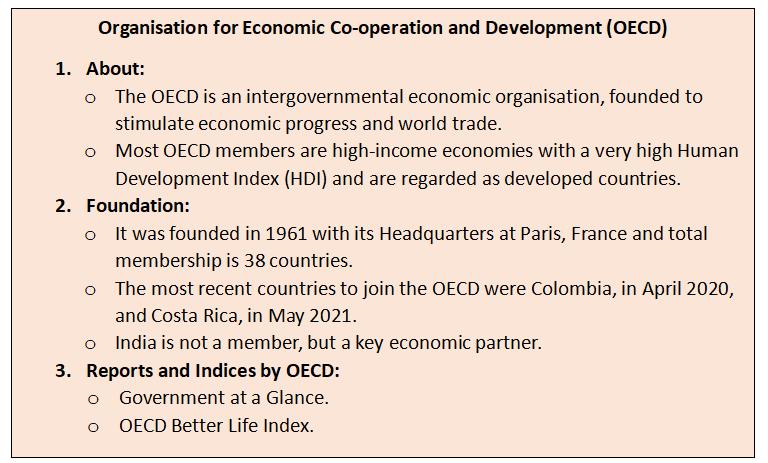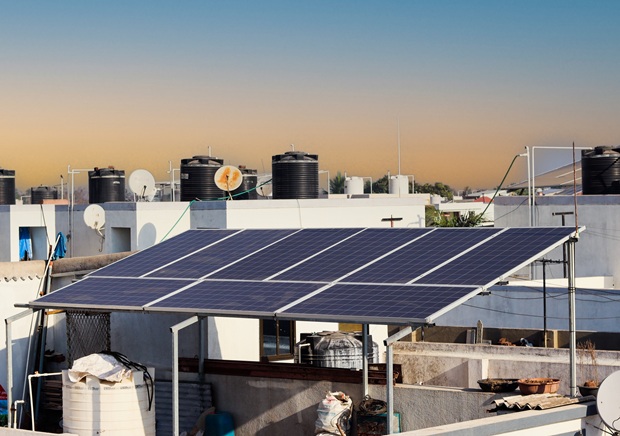- Courses
- GS Full Course 1 Year
- GS Full Course 2 Year
- GS Full Course 3 Year
- GS Full Course Till Selection
- Online Program
- GS Recorded Course
- NCERT (Recorded 500+ Hours)
- Polity Recorded Course
- Geography Recorded Course
- Economy Recorded Course
- AMAC Recorded Course
- Modern India, Post Independence & World History
- Environment Recoded Course
- Governance Recoded Course
- Science & Tech. Recoded Course
- International Relations and Internal Security Recorded Course
- Disaster Management Module Course
- Ethics Recoded Course
- Essay Recoded Course
- Current Affairs Recoded Course
- CSAT
- 5 LAYERED ARJUNA Mentorship
- Public Administration Optional
- ABOUT US
- OUR TOPPERS
- TEST SERIES
- FREE STUDY MATERIAL
- VIDEOS
- CONTACT US
International Migration Outlook 2023
International Migration Outlook 2023
26-10-2023

Context
Recently, the International Migration Outlook 2023 released by the Organisation for Economic Co-operation and Development (OECD).
Highlights of the Report
- India Leads in Migration to OECD Countries: India surpassed China to become the main source of migration to OECD nations in 2021 and 2022. India was the country with the highest number of new migrants—0.41 million—in both years, followed by China (0.23 million) and Romania (around 200,000).
-
Climate-Induced Displacement and Policy Responses:
- The report clarifies the growing emphasis in recent years on governmental responses to displacement brought on by climate change. Very few OECD nations have clear policies in place to deal with this problem.
- Notably, Colombia started debating a ground-breaking measure in April 2023 with the goal of identifying and aiding those who have been displaced by climate change. The plan includes provisions for housing, healthcare, education, and a national registry in addition to a broad definition.
- Record Refugee Inflows and Worker Migration: Due to the Russia-Ukraine war, the OECD region had a record-breaking influx of refugees, with over 10 million individuals becoming internally displaced or refugees. India, Uzbekistan, and Turkey showed notable increases in worker migration, making them the next most important source countries after Ukraine.
-
Recent Trends in International Migration:
- The top four destination nations, Spain, Germany, the United Kingdom, and the United States, all had significant year-over-year increases, ranging from 21% to 35%. Canada (8%) was the fifth destination country where the increase was less pronounced.
- There were 1.05 million new permanent-type migrants in the United States alone, and between 440 000 and 650 000 in each of the other four countries.
-
Permanent-Type Migration by Main Categories:
- Family migration continued to be the predominant category of entrance for new permanent migrants in 2022, accounting for 40% of all permanent migrants, a percentage that has remained largely consistent over time.
- Over time, the percentage of labor migration has grown. While labor migration accounted for only 16% of permanent-type migration in 2019, it represented 21% in 2022.
- In contrast, since 2020, the percentage of migration that is free movement (both inside the EU-EFTA and between Australia and New Zealand) has declined. In 2022, it made up 21% of permanent-type migration, down from 28% in 2019.





